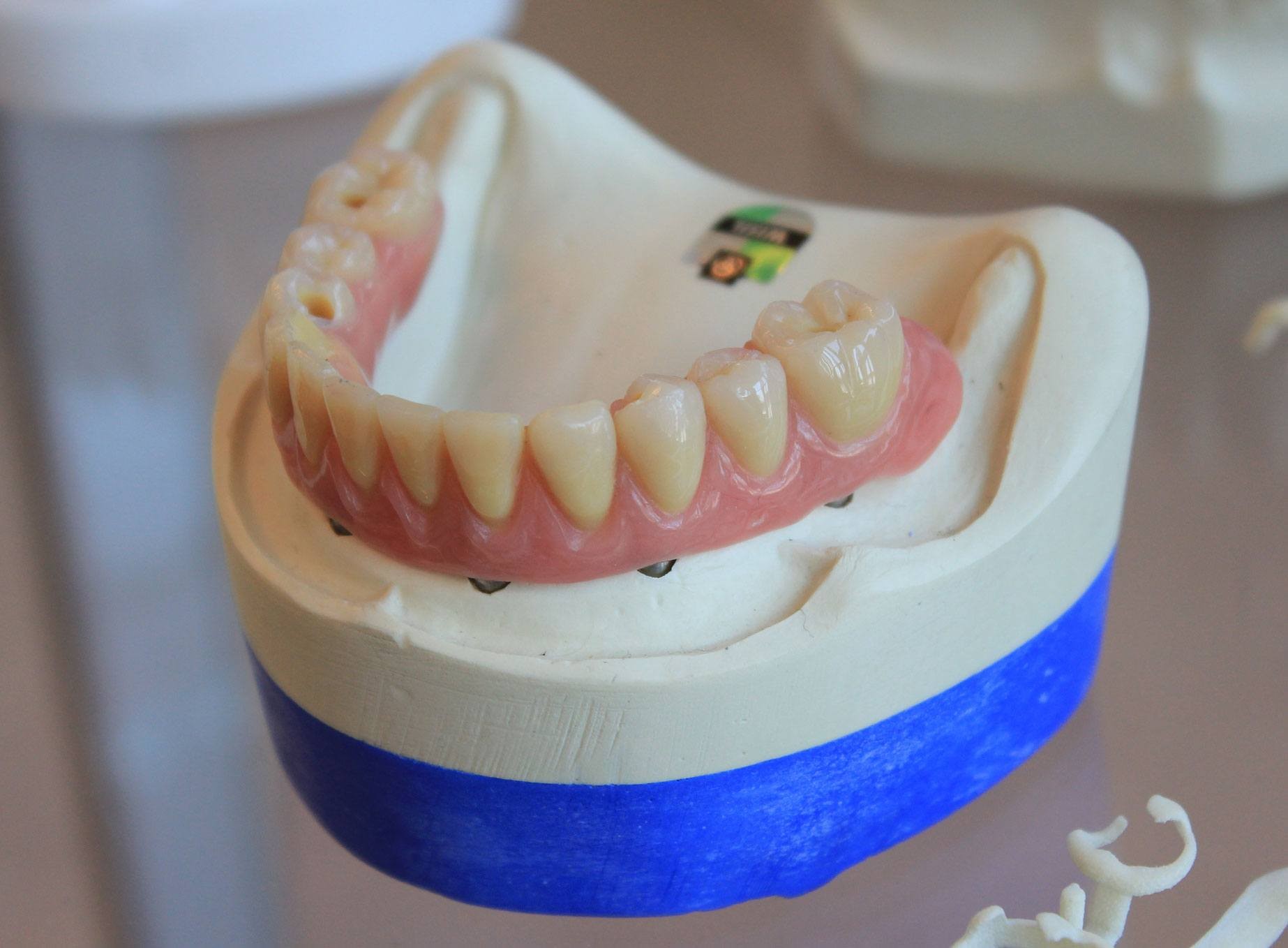Have you ever experienced gingivitis or gum disease? Whether you’re noticing inflamed, bleeding gums for the first time, or have a history of gum-related problems, your first priority is getting back to normal. And we’re here to help. By boosting your gingivitis awareness, you can take action when you first notice signs of a problem - and prevent it from progressing to a more serious infection.
There is one catch - for some patients, gingivitis doesn’t show the kinds of symptoms that they’ll be able to notice on their own. This is one of the many reasons why you should visit your dentist regularly. For patients who fall into high risk categories mentioned below, that interval may even be more than twice a year. If you’re not sure how often you should be scheduling exams, just get in touch for guidance.
Before your next appointment, learn more about the signs of gingivitis and how to protect your healthy gums at home - we’ve put together a guide below.
Stages of Gum Disease
This post is focusing on gingivitis, which is the first stage of gum disease. But it doesn’t have to progress to full-blown periodontal disease - and with some home care, you can actually reverse gingivitis.
Gingivitis takes hold when plaque that has gathered on your teeth begins to irritate the gum line. Your gums typically become inflamed, tender, and may take on a deep reddish or purple tone. If the source of irritation (the plaque) is removed, then the gingivitis will fade and your gums will heal. But if the plaque persists, your gums may become infected and progress to periodontitis.
Gingivitis Risk Factors
If you fit into a number of these categories, talk to your dentist about receiving the most appropriate care.
How Do I Tell If Have Gingivitis?
Unfortunately, gingivitis symptoms can be very difficult to recognize to the untrained eye. It’s crucial that you keep a close eye on what your teeth and gums are telling you. Check in with your mouth from time to time - take a closer look at your teeth and gums after brushing or flossing. Look for the signs mentioned below, especially if you fall into one or more of the risk categories.
We’ve mentioned a few of these symptoms above, but it’s always handy to have them all in one place.
Taking Great Care of Your Gums Each Day

If you’re noticing the symptoms we mentioned, it’s not too late - you can even take action at home. But we do recommend that you schedule a dental exam so that we can offer personalized guidance and remove plaque and tartar from your teeth.
As soon as you notice signs of gingivitis, start doing the following:

